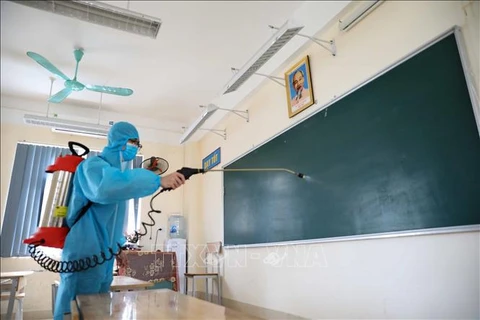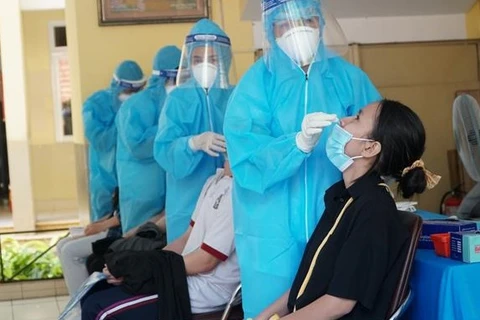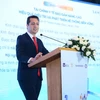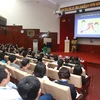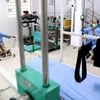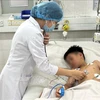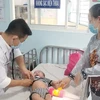Hanoi (VNA) – Vietnam recorded 400 new COVID-19 cases from 6am to 12pm on July 7, of which 277 were found in quarantine sites or sealed off areas, according to the Ministry of Health.
Among the infections, there were 347 in Ho Chi Minh City, 19 in Long An, 13 in Quang Ngai, six in Bac Ninh, four in Phu Yen, three each in Tra Vinh and Bac Giang, two in Nghe An, and one each in Ca Mau, Ba Ria-Vung Tau and Dak Lak.
As of July 7 noon, Vietnam had recorded 20,459 domestic cases and 1,882 imported ones. The number of infections since the fourth wave of outbreaks hit the country on April 27 amounted to 18,889.
Thirteen localities nationwide have gone through two weeks without new cases in the community.
As many as 8,077 patients have been given the all-clear, while the death toll has reached 102.
Of those still under treatment, 311 tested negative with the coronavirus once, 133 twice and 72 thrice.
To contain the pandemic in the “new normal” situation, the Health Ministry called on all Vietnamese citizens to follow 5K message, including khau trang (facemask), khu khuan (disinfection), khoang cach (distance), khong tu tap (no gathering), and khai bao y te (health declaration)./.
Among the infections, there were 347 in Ho Chi Minh City, 19 in Long An, 13 in Quang Ngai, six in Bac Ninh, four in Phu Yen, three each in Tra Vinh and Bac Giang, two in Nghe An, and one each in Ca Mau, Ba Ria-Vung Tau and Dak Lak.
As of July 7 noon, Vietnam had recorded 20,459 domestic cases and 1,882 imported ones. The number of infections since the fourth wave of outbreaks hit the country on April 27 amounted to 18,889.
Thirteen localities nationwide have gone through two weeks without new cases in the community.
As many as 8,077 patients have been given the all-clear, while the death toll has reached 102.
Of those still under treatment, 311 tested negative with the coronavirus once, 133 twice and 72 thrice.
To contain the pandemic in the “new normal” situation, the Health Ministry called on all Vietnamese citizens to follow 5K message, including khau trang (facemask), khu khuan (disinfection), khoang cach (distance), khong tu tap (no gathering), and khai bao y te (health declaration)./.
VNA


